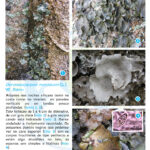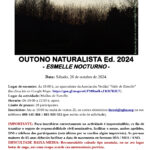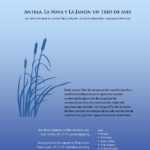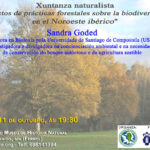Lustrums of news in the media…
In the huge amount of statements, opinions, controversies and assessments about “macro-farms”, SGHN believes it is necessary to analyse and communicate to the public the current conditions of industrial meat production farms and their repercussions on the environment. For this, there is nothing better than to look, for example, at the A Limia region – which could also be extrapolated to other areas of the country -, where in the last 25 years the proliferation of these farms was enormous and where, while the responsible administrations repeatedly denied that the problem had anything to do with livestock farming, the water problems worsened, as reported in various media reports:
- “Last summer, the As Conchas reservoir reached the maximum alert level when it recorded concentrations of toxic cyanobacteria in its waters of more than 15 000 colonies per millilitre, according to analyses by the Biotechnology and Toxicity Laboratory of the Faculty of Veterinary Medicine at the Complutense University of Madrid. In accordance with WHO guidelines, the water was declared unfit for any use. This bloom of cyanobacteria appears to be caused by the presence of phosphates and nitrates from fertilisers used to grow potatoes washed into the river and by the slurry and chemical fertilisers discharged by farms into the river”. Question for written answer E-005581/2012 to the Commission. Rule 117 of the Rules of Procedure. Antolín Sánchez Presedo (S&D) 4 June 2012 E-005581/2012.
- “The surprising concentration of cyanotoxin in the As Conchas reservoir” (iagua.es 04/09/2013).
- “The samples analysed by the heads of the Miño-Sil River Basin Authority and the Ministry of Health detected the presence of toxicity in the cyanobacteria cells” (La Región 14-07-2018).
- “Periodic analyses carried out by the Xunta (regional government) of public water supplies show that in the last three years there have been several points in the region of A Limia in which – at certain times – the quality of the water was not as recommended, as there were more than 50 milligrams per litre of nitrates, which is the legal limit for water to be used for human consumption” (La Voz de Galicia 10-01-2020).
This is only in reference to nitrates, as no studies have yet been published on the presence of faecal coliforms, hormones or antibiotics used in intensive livestock production processes in the water.
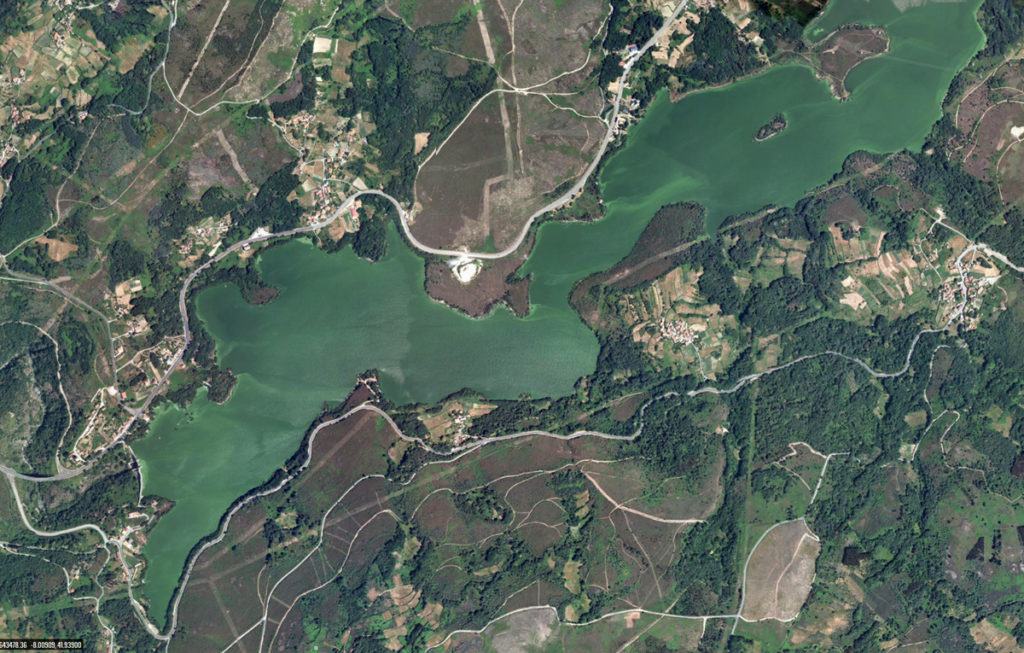
… until the administrations start to move…
The different administrations are beginning to recognise the problem in A Limia and are launching some projects, it seems, to find alternative solutions for the management of livestock waste and reduce its environmental impact:
- Project LIFE REXENERA LIMIA (Confederación Hidrográfica Miño-Sil, Diputación Provincial de Ourense, Coren, Ecolagunas): it introduced several demonstrative solutions, directly focused on reducing the presence of nutrients, mainly of agricultural and livestock origin, in the water bodies of the Limia region, with the aim of analysing the success of a new approach that integrates preventive and regeneration measures in the Limia river, in order to meet the environmental objectives of the Water Framework Firective. Neither the facts nor the results will be assessed here.
- The Axencia Galega de Desenvolvemento Rural (Galician Ministry of Rural Affairs), the Fundación Juana de Vega and the GDR10 A Limia-Arnoia, are collaborating to write the Plan Estratéxico do Sector Agrario na Limia (PEL) “that contributes to sustainable, economically profitable and environmentally compatible development of the territory in order to tackle the social conflict caused by environmental pollution, resulting from intensive agricultural and livestock farming activities”.
- Recurrent problems with the potability of water due to the excess of nitrates in the water supply in several villages, forced the Sandiás council to install an expensive additional treatment at the O Teixiño catchment.
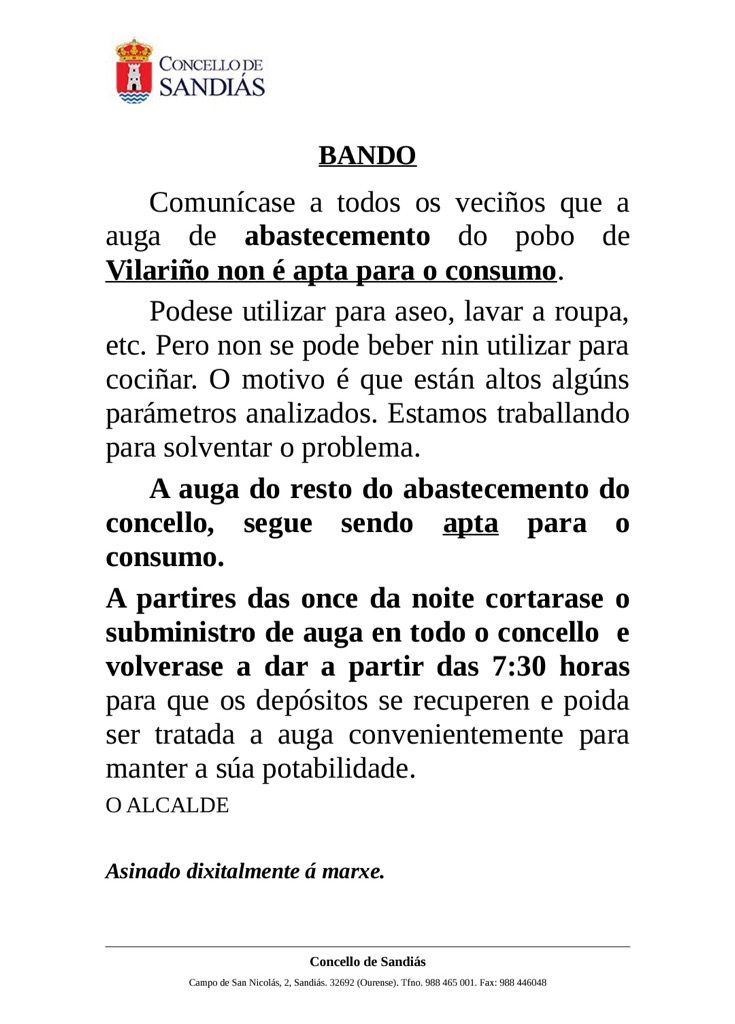
However, the central, regional and local administrations are well aware of the overwhelming evidence of the problems arising from the intensive industrial livestock farming model:
- Inadequate management of the huge volumes of waste generated by each farm, which causes significant environmental damage to the quality and potability of surface and ground waters.
- Huge “externalities” of these farms: environmental costs at production and feed processing sites, generation of huge volumes of CO2 from long-distance transport of inputs and meat, as well as the social cost in the areas where these industries are located.
…but nobody addresses the source of the problem
Although aware of the problem, none of these administrations has yet addressed the root of the problem, i.e. the unsustainable proliferation of factory farms, even though SGHN and other NGOs have repeatedly alerted the Galician Ministry of Environment and the Ourense Environmental Prosecutor’s Office.
But in a devastating ruling dictated last December, the three magistrates of the Sala do Contencioso Administrativo do Tribunal Superior de Xustiza de Galicia (TSXG) have just annulled the environmental impact statement from the Galician Ministry of Environment for a farm in Rairiz da Veiga, accepting all seven reasons proposed by their neighbour’s lawyer. In the acceptance of five of these seven reasons for annulment, the information provided by SGHN during the testimonies in the evidence period played a decisive role, and this is reflected in the judgement (extract of the judgement at the end, for full judgement click this link):
However, in view of the political controversy that has arisen on the issue of livestock farming, several questions arise:
- Do the administrations, the political class and their advisors know, or even want to know, the real situation of industrial installations and their effects on the environment?
- Do the administrations, the political class and their advisors know, or even want to know, the problems caused by nitrate contamination of water?
- Should there be specific regulations for this type of intensive industrial exploitation, including the proper management of livestock waste?
- Is meat production in intensive industrial farms sustainable?
- Does this system contribute or not to the maintenance of life in the countryside?
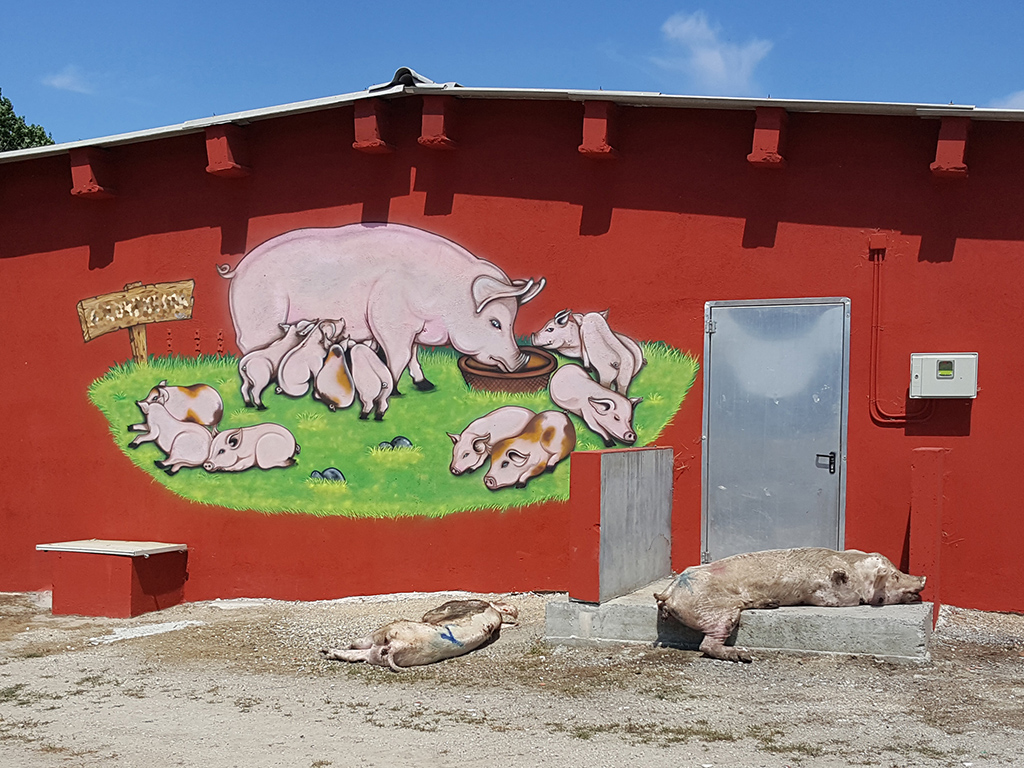
While this controversy continues, it is necessary to ask what those in charge and our representatives are doing to solve the problem at source. The question is very important, because nobody is talking about the fact that, after several warnings, the European Commission decided to take Spain to the European Court of Justice for not taking sufficient measures against nitrate pollution, with the likelihood that our country will be sanctioned and that, between all of us, we will have to pay for the mistakes of a few.
EXTRACT FROM THE TSXG JUDGMENT
REASON: nullity as of right due to infringement of the rights recognised as interested parties in the procedure, infringement of the right to information and participation in the environmental assessment procedure of the activity project.
“We should also point out, due to its relevance, the lack of response in the appealed resolution to the report by the Galician Society of Natural History, which highlights facts that are denounced as serious in themselves in terms of the environment, which directly affect the appealed resolution and which should be assessed by the autonomous administration by denying them or, if necessary, be subject to a detailed analysis, bearing in mind that they have been written repeatedly over time (30), as stated by the Society without obtaining a response“.
REASON: the application for the simplified environmental assessment and the documents provided do not comply with article 45 of the environmental assessment law.
“It is paradoxical, to say the least, that in an area where there are multiple installations of this type, which is not denied, the allegation of the Natural History Society has not been assessed, and no precision is required in this regard in the project or a justification of zero impact, since the area as such must be assessed as a whole, and an individualised environmental impact project such as the one now being proposed cannot be assessed without taking into account the rest of the existing farms, since we are referring to cumulative impacts, for example if we generate so many m3 of manure on one farm we can distribute it for fertiliser over a more or less extensive area, but if there are X farms in the area, we will be able to distribute it over a larger or smaller area; but if there are X farms in the area there must be a methodology to prevent the impact on the environment and the project does not include the existing farms in the area, the distance to the farm and the zero impact, which is necessary in order to share a significant environmental impact in the development of production and is clearly integrable when the precept states: “When the project may directly or indirectly affect the Natura 2000 network areas, a specific section shall be included for the assessment of its impact on the site, taking into account the conservation objectives of the area“.
“We must also reiterate what has already been said with regard to the report of the Galician Society of Natural History, which highlights facts that are in themselves serious in terms of the environment, which directly affect the contested decision and which should be assessed by the regional administration by denying them or, where appropriate, be the subject of a detailed analysis, bearing in mind that they are repeated over time and that they affect or may affect a river which is transboundary, such as A Limia, with the inherent consequences of this, given the cumulative effects which are harmful to the environment due to an accumulation of operations, as can be seen from the various reports submitted in the case file“.
REASON: there is no proper assessment of the impact on Natura 2000 sites.
“That omission violates the provisions of art. 45 by not taking into account the conservation objectives of the space established in Decree 37/2014 of 27 March approving the master plan for the Galician Natura 2000 network which contravenes art. 6.3 of the Habitats Directive (Council Directive 92/43/EEC of 21 May 1992 on the conservation of natural habitats and of wild fauna and flora, which requires that the assessment of the repercussions be adequate and in this sense, continuing what was previously indicated with respect to the lack of motivation with respect to the allegations of the Natural History Society, this directive in its art. 3. Any plan or project which, although not directly related to or necessary for the management of the site, is likely to have an appreciable effect on those sites, either individually or in combination with other plans and projects, shall be subject to appropriate assessment of its implications for the site, taking into account the conservation objectives of the site. In the light of the conclusions of the assessment of the implications for the site and subject to paragraph 4, the competent national authorities shall agree to such a plan or project only after having ascertained that it will not adversely affect the integrity of the site concerned and, if appropriate, after having consulted the public.”
REASON: there is no proper assessment of environmental impacts on water resources.
“The conclusions of the report by the department of the Faculty of Science of the University of Vigo (analytical chemistry group) in 2020 published in the journal ‘Agriculture, Ecosystems and Environment’ … the study of well water and natural springs in the region of A Limia shows nitrate contamination in more than half of the first samples analysed, with very high values. Considering the main economic activities in this region, possibly the high values in the concentrations of certain analytes are due to a source of agricultural and livestock contamination… Moreover, real alternatives to intensive agriculture and livestock models should be sought, as other models are more respectful of the environment and society, i.e. they are sustainable”. (SGHN provided this scientific article to the court during the evidence period).
“It should be pointed out that, although ‘chicken manure’ is a natural fertiliser with good results, excessive use of this type of concentrated manure in a given area may be contributing to the pollution of groundwater by leaching of nitrate from the mineralisation of organic nitrogen from this type of fertiliser; the administration should assess this point before issuing the decision now under appeal, as it has been repeatedly denounced by the Natural History Society. This is because in the project, and this is assumed by the administration in relation to this extension, 540 m3 of chicken manure will be produced every six months, and the total volume produced by the rest of the farms in the area of A Limia is unknown, or at least not assessed by the administration, and if we take into account the solution given by the project, it is very vague and therefore produces a relevant scientific doubt, remembering that it is a protected area, for which the precautions must be maximised”.
“Equally relevant is the report of the same University based on the campus of Ourense also published in the same scientific journal in which they seek the identification of nitrates in the Limia river (report of the year 2020) in which they state that one of the causes (page 9 of the report) may be a consequence of intensive agriculture and farming activities in the area which should at least raise a scientific doubt in the administration to motivate their research before the effects are irreversible”. (SGHN provided this scientific article to the court during the evidentiary period).
REASON: contravention of the precautionary principle
“In this regard, we should recall the report of the Galician Society of Natural History, which has not been refuted by the defendant and which alludes to constant warnings: That over the last 10 years, SGHN has sent more than 30 letters to successive regional ministries — of dubious competence — in the environmental field: a) warning of the saturation of industrial livestock facilities in the headwaters of the Limia river, as reflected in official data; (b) warning that a large proportion, if not the majority, of these livestock farms are either run or promoted by the COREN group, suggesting that this conglomerate of companies has a definite plan for livestock intensification in the Limian plain, which was never submitted for environmental assessment as a whole in order to determine the synergistic and cumulative effects of the concentration of livestock industries in the Limian plain, which is a very sensitive area from the hydrological, botanical and physical points of view; (c) warning that the data collected by the Integrated Water Quality Network (IQN) and the Automatic Water Quality Information System (SAICA) stations indicate that the chemical quality of the water in the Limian plain is not acceptable in accordance with the guidelines laid down in Directive 2006/44/EC; (d) requesting a moratorium on the processing of applications for the installation or extension of livestock farms established in the Limia river basin until the synergistic and cumulative effects of existing farms on water resources (quality and quantity) and the botanical and fauna values of A Limia have been assessed…
There is therefore a lack of data to contrast the lack of investigation of the successive documents presented and which should at least involve a control of the farms as a whole, prior to the extension, control of the destination of the poultry manure since, as can be seen from the reports provided in the evidence period, the soils are largely sandy, which implies high permeability and possible effects on groundwater”.
Text translated by David Forján Castro (student of the Degree of Translation and Interpretation of the University of Vigo)


